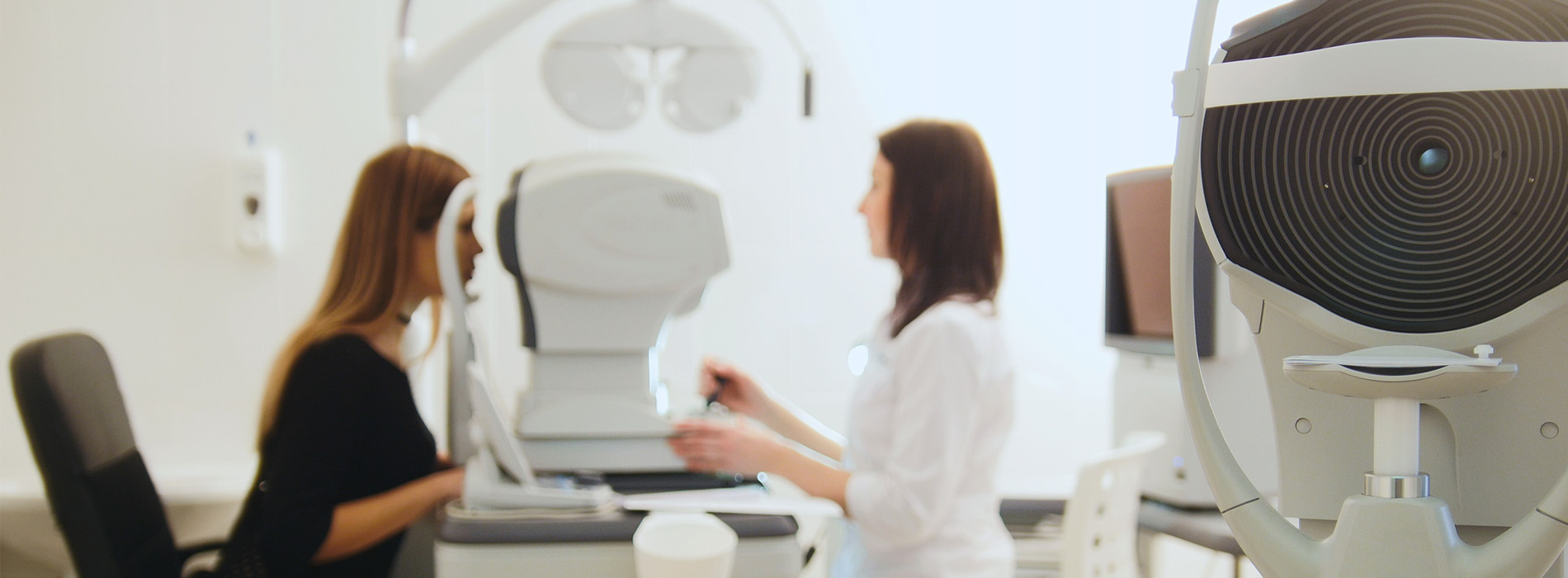Call Us Today!
(516) 561-3937

Presbyopia is an age-related condition that causes blurred near vision. It typically starts at around age 40 and affects everyone, even those who’ve never had vision problems before.
When presbyopia begins, people will squint or hold reading materials at arm’s length to help their eyes focus. Eye strain, headache and fatigue are common symptoms of presbyopia.
Most experts believe presbyopia is caused by changes to the lens inside the eye. As people age, the lens becomes harder and less elastic, making it more difficult for the eye to focus on close objects.
For centuries presbyopia was corrected with the use of bifocal eyeglasses. Presbyopia can be corrected with eyeglasses, contact lenses, or surgery.
Bifocal contact lenses are now available in many soft and gas permeable lens designs. Similar to bifocal eyeglasses, bifocal contacts have two prescriptive powers for distance and near vision. Multifocal contact lenses are also available with additional variations in power to correct near, intermediate, and far vision.
Monovision is another contact lens option for correcting presbyopia, where one eye wears a near vision lens and the other eye wears a distance vision lens. Your eyes automatically focus properly depending on the visual situation.
Contact lens wearers can also use a distance lens in both eyes and then wear reading glasses for close-up work.
The gradual loss of your eyes’ ability to focus actively on nearby objects is a not-so-subtle reminder that you’ve reached middle age. A natural, often annoying part of aging, presbyopia usually becomes noticeable in your early to mid-40s and continues to worsen until around age 65.
You may become aware of presbyopia when you start holding books and newspapers at arm’s length to be able to read them. If you’re nearsighted, you might temporarily manage presbyopia by reading without your glasses.
A basic eye exam can confirm presbyopia. You can correct the condition with prescription eyeglasses.
